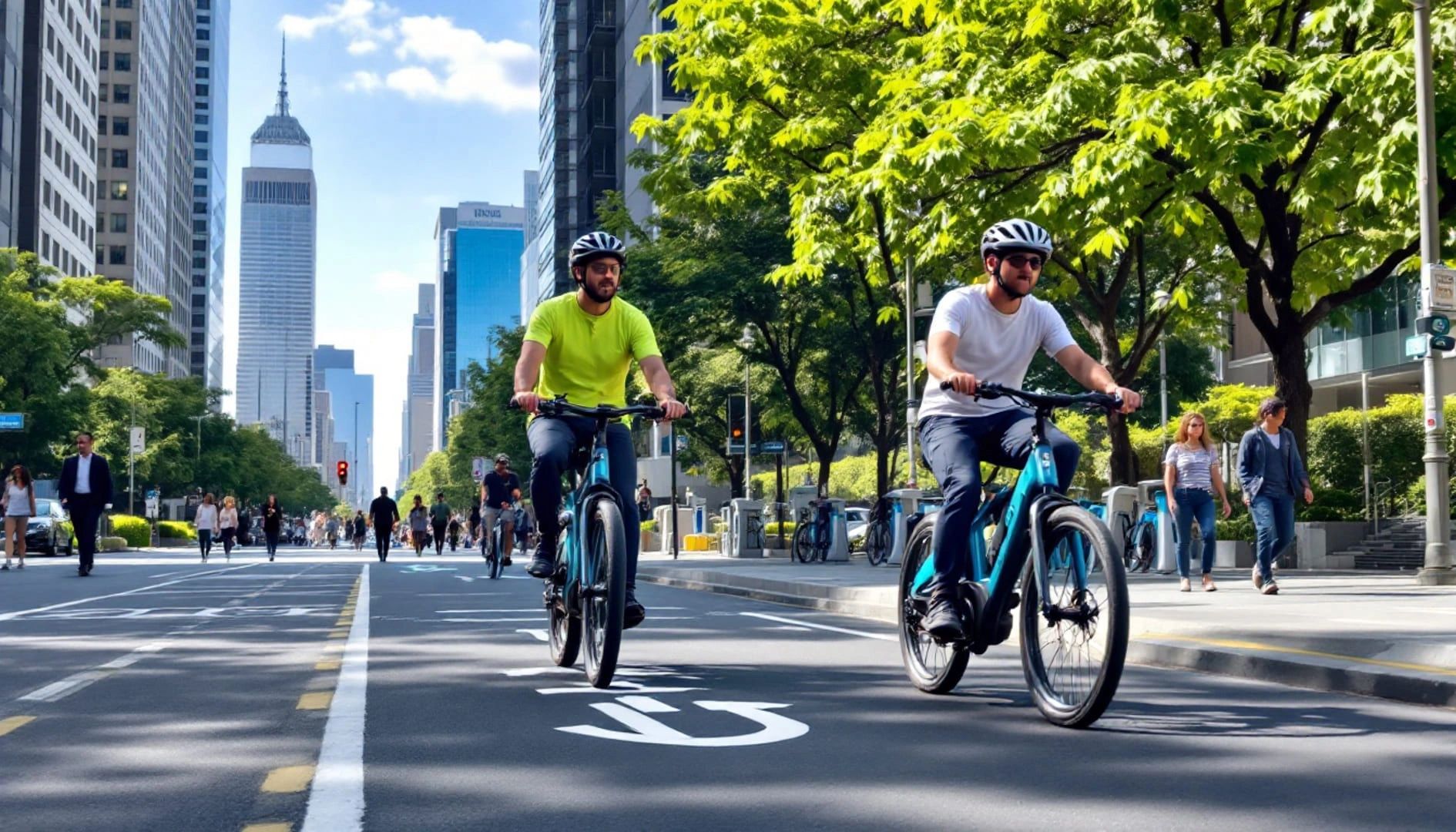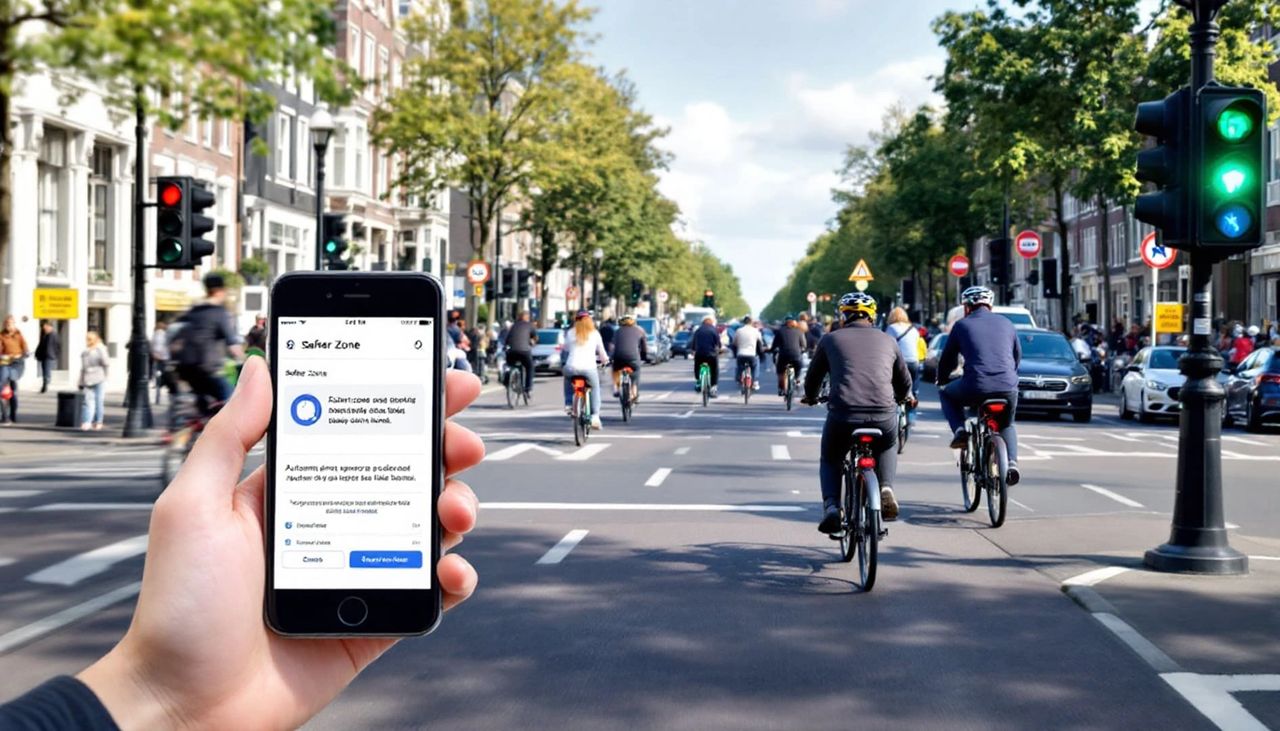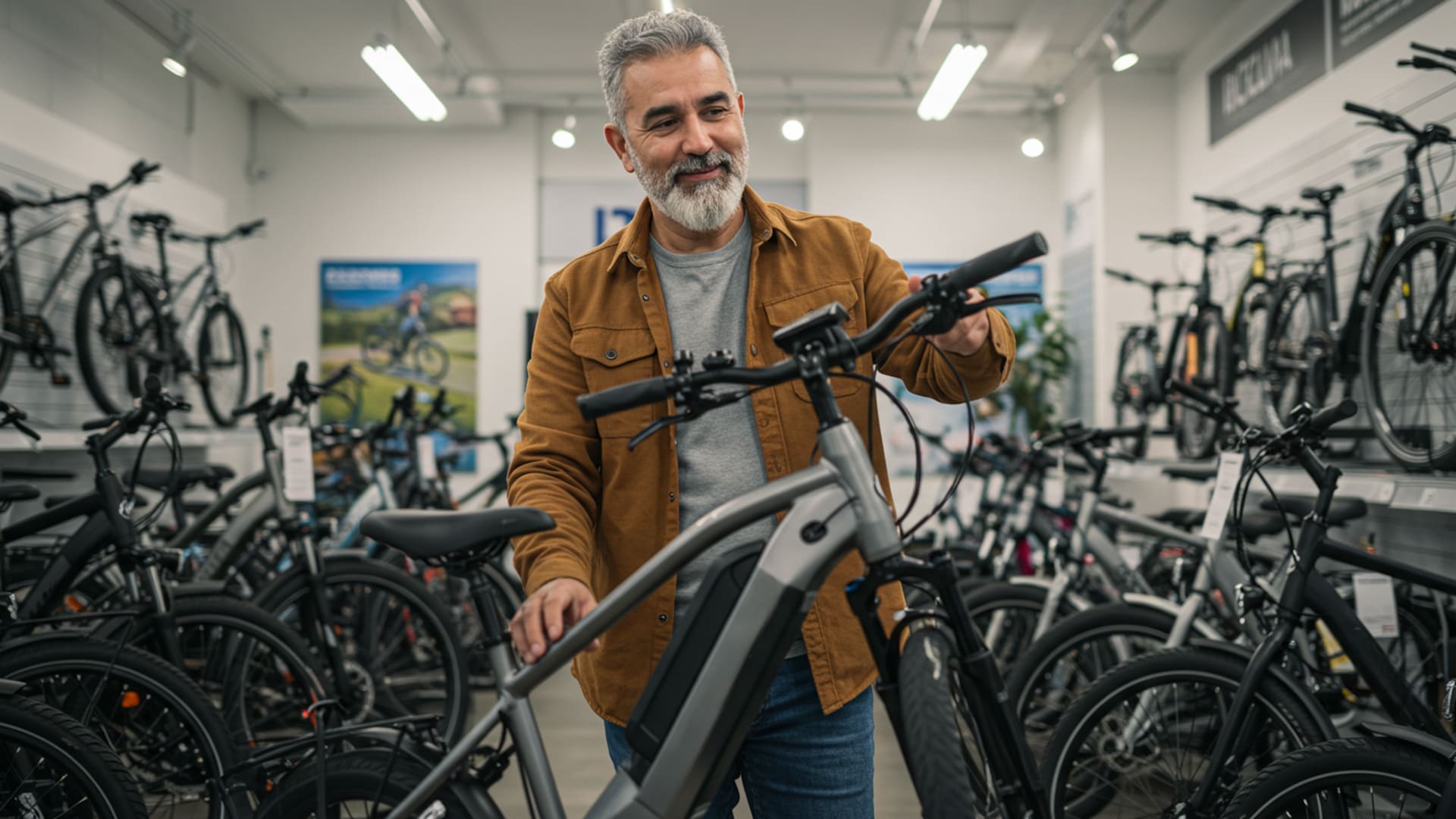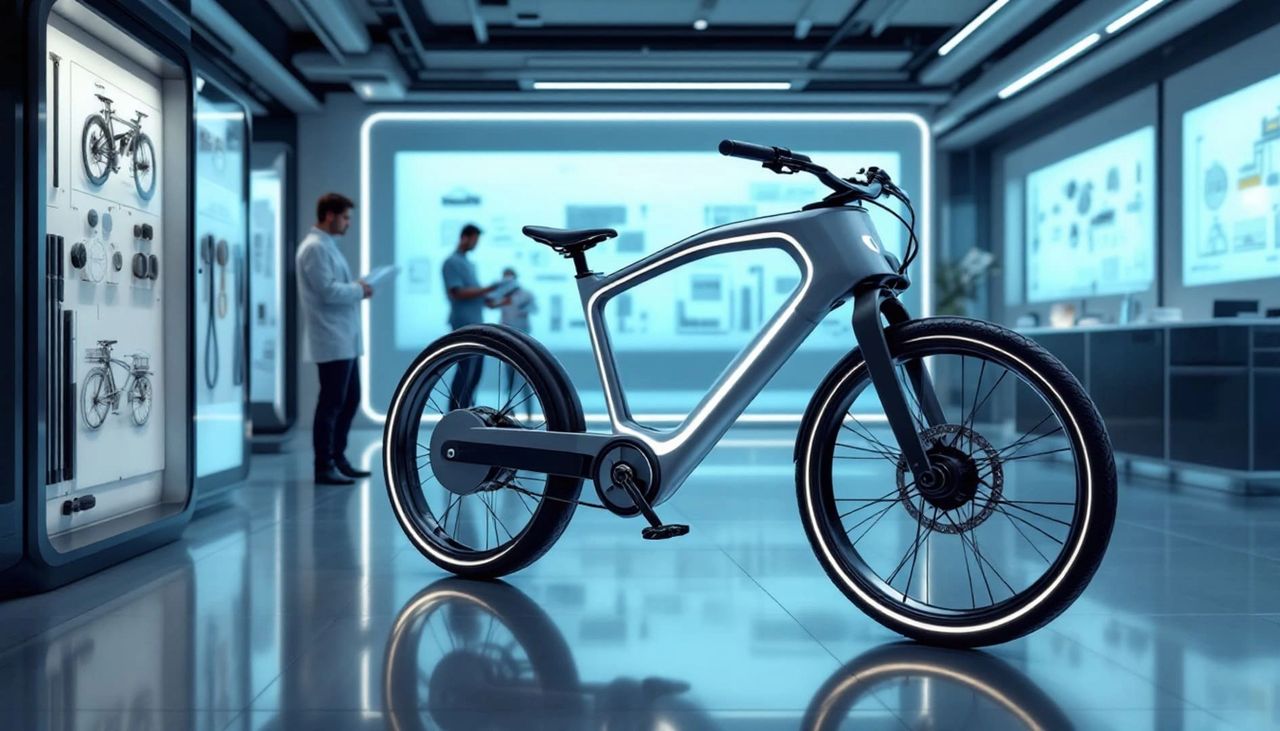.jpg/:/cr=t:0%25,l:0%25,w:100%25,h:100%25/rs=w:1280)
The rise of e-bikes and other micromobility solutions is reshaping urban transportation. Cities worldwide are adapting their infrastructure and policies to accommodate these changes, creating safer and more efficient environments for riders.
Redesigning Urban Spaces
To support the growing number of e-bike users, cities are expanding bike lanes and creating dedicated micromobility corridors. These lanes are often wider and better marked than traditional bike paths, accommodating faster e-bikes and reducing conflicts with pedestrians.
Safety First: Protective Infrastructure
Many cities are investing in protective barriers for bike lanes, separating riders from vehicle traffic. Elevated lanes and bike-specific traffic lights are also becoming common, prioritizing rider safety at intersections—where most accidents occur.
Parking Solutions for E-Bikes
With e-bikes requiring secure storage, urban planners are incorporating parking hubs with features like charging stations and anti-theft measures. Cities like Copenhagen and Amsterdam lead the way with innovative parking designs tailored to micromobility users.
Policy Changes and Incentives
Governments are revising traffic laws to reflect the unique needs of e-bikes. Policies such as speed regulations in urban zones and incentives for adopting micromobility solutions encourage safer and more widespread use. Some cities even offer subsidies for purchasing e-bikes to promote greener transportation.
Integrating E-Bikes with Public Transit
Many urban areas are creating seamless connections between e-bikes and public transit systems. Bike-sharing programs with electric options are being integrated into subway and bus networks, providing last-mile solutions for commuters.
Data-Driven Planning
The use of GPS and IoT technology in e-bikes allows cities to gather data on rider behavior, traffic patterns, and popular routes. This information informs urban planning decisions, ensuring infrastructure meets the needs of micromobility users.
Challenges and Opportunities
Despite progress, challenges remain. High costs for infrastructure projects and resistance from traditional road users can slow implementation. However, the benefits—reduced congestion, lower emissions, and healthier communities—make the case for continued investment in micromobility-friendly urban planning.
By embracing e-bikes and adapting urban spaces, cities are paving the way for a sustainable, efficient future in transportation. These efforts not only enhance the riding experience but also contribute to a more connected and environmentally friendly society.








Leave a Reply